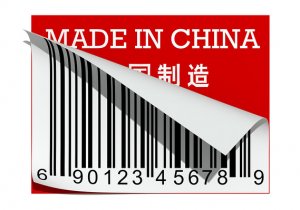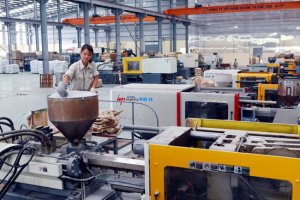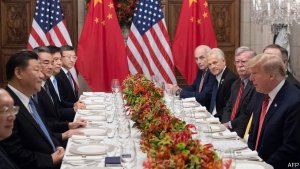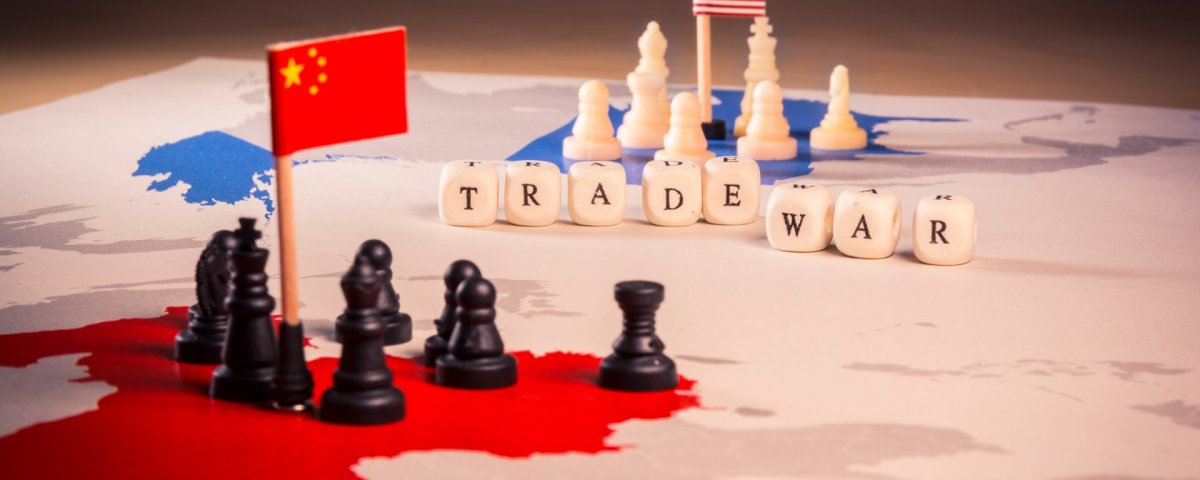As a result of the USA-China trade war, Chinese companies are fleeing to Vietnam, Serbia and Mexico to switch the “Made in China” label.
January 22, 2018. US President Donald Trump imposed a 30% tariff on foreign solar panels. China, the global leader in the industry of solar panel manufacturing, criticized against the tariffs.
March 22, 2018. President Trump discussed with United States Trade Representative the possibility of placing tariffs on US$50–60 billion worth of Chinese imports. Nearly 2,000 types of Chinese goods were shown on the list. The industries which received the major block for this tariff were all the sectors related to plastic application production of goods.
April 2, 2018. China reacted by applying tariffs on 128 American imported products, including minerals, automobile, nuts and beans.
May 29, 2018. The White House continued a 25% tariff on Chinese goods with “industrially significant technology”.
June 15, 2018. Trump announce a further 25% tariff on $50 billion of Chinese exports.
With the tax pressure continuing to grow, textile and plastic producers from China have raced abroad, in their attempt to escape the tax penalty. Recently, a high number of Chinese plastic producers came to build clutter of factories on the border of China-Vietnam, so that their goods can be imported to the USA with the label of “Made in Vietnam” and evaded the tax pressure.

The same product, the same origin, with different label
The evitable cross-border race
Vietnamese economists have been bewared of the next wave of “quasi-capital transfer” or “commercial disguise”, as Chinese manufacturers export their work-in-process to Vietnam to complete the last phase of packaging. Basically, companies from China are borrowing the market label of “made in Vietnam”, where there is no anti-tax dumping yet. Vietnamese experts from the steel and plastic industries have expressed their concern about this business practice, as likely it would be detected and Vietnam would be the next countries to receive a tax penalty by the USA. According to the South China Morning Post, Guangxi government aims to establish the “Cross-border Economic Zone”, where Chinese factories could manufacture their product with as originate from Vietnamese market.

Vietnam’s plastic ndustry has suffered from tariff penalty before
On the other hand, several firms have already built their factories deep inside the border the other countries. Among these companies, there are both Chinese domestic and foreign firms. Losing the advantage of low production and export cost, Hasbro (toy producers), Olympus (camera manufacturer) and Deckers (shoe brand) have been shifting their supply chain away from China. Their depart is already a damage to the China market, but what made the Chinese government worries most was the growing trend of domestic producers follow their step.
Zhejiang Hailide New Material (plastic producer), Linglong Tyre (tyre provider), H1 Corp (bike manufacturer) are among the several corporations who just announced their move of the total production chain to Vietnam.

Meeting between USA and China resulted in temporary truce
Profit for companies, dire consequence for both economies
As companies expect to escape tax and gain profit from their movement, Chinese and Vietnamese government bear the negative consequence of their evasive business practice.
It would certainly lead to increasing job cut in China, as the manufacturing industry has created jobs for million workers in less-developing provinces. The government of China also concerns about market financial loss within its economy of supply chain clutter, as one of the link breaks, the rest will be deactivated. Government has offered subsidies in their attempt to “save” the steel and plastic industry, but even that couldn’t halt the evitable force of cross-border manufacturing movement.
Meanwhile, Vietnam government fears the flood of Chinese goods into their market will pose competitive pressure to their domestic export, along with the threat of being the next country after China, Mexico, Japan to be placed a tarriff on American import.

